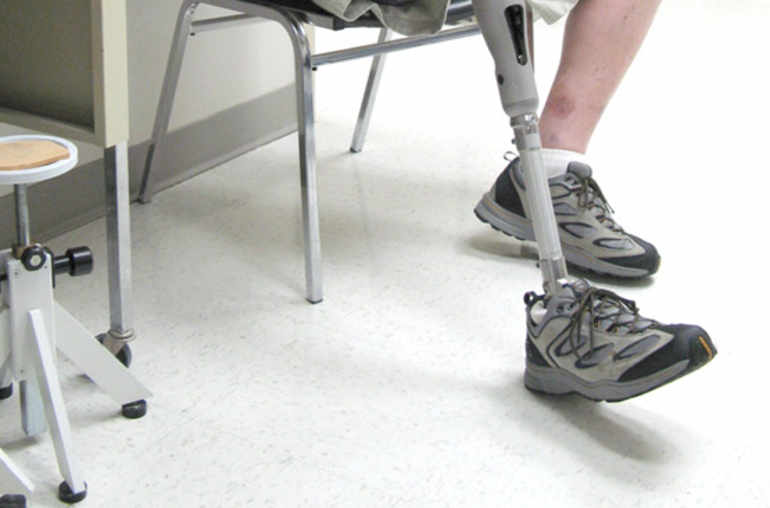PROTECT YOUR DNA WITH QUANTUM TECHNOLOGY
Orgo-Life the new way to the future Advertising by AdpathwayA new artificial intelligence system developed by researchers at the University of Surrey can forecast what a patient's knee X-ray might look like one year in the future. This breakthrough could reshape how millions of people living with osteoarthritis understand and manage their condition.
The research, presented at the International Conference on Medical Image Computing and Computer Assisted Intervention (MICCAI 2025), describes a powerful AI model capable of generating realistic "future" X-rays along with a personalized risk score that estimates disease progression. Together, these outputs give doctors and patients a visual roadmap of how osteoarthritis may evolve over time.
A Major Step Forward in Predicting Osteoarthritis Progression
Osteoarthritis, a degenerative joint disorder that affects more than 500 million people globally, is the leading cause of disability among older adults. The Surrey system was trained on nearly 50,000 knee X-rays from about 5,000 patients, making it one of the largest datasets of its kind. It can predict disease progression roughly nine times faster than similar AI tools and operates with greater efficiency and accuracy. Researchers believe this combination of speed and precision could help integrate the technology into clinical practice more quickly.
David Butler, the study's lead author from the University of Surrey's Centre for Vision, Speech and Signal Processing (CVSSP) and the Institute for People-Centred AI, explained:
"We're used to medical AI tools that give a number or a prediction, but not much explanation. Our system not only predicts the likelihood of your knee getting worse -- it actually shows you a realistic image of what that future knee could look like. Seeing the two X-rays side by side -- one from today and one for next year -- is a powerful motivator. It helps doctors act sooner and gives patients a clearer picture of why sticking to their treatment plan or making lifestyle changes really matters. We think this can be a turning point in how we communicate risk and improve osteoarthritic knee care and other related conditions."
How the System Visualizes Change
At the core of the new system is an advanced generative model known as a diffusion model. It creates a "future" version of a patient's X-ray and identifies 16 key points in the joint to highlight areas being tracked for potential changes. This feature enhances transparency by showing clinicians exactly which parts of the knee the AI is monitoring, helping build confidence and understanding in its predictions.
The Surrey team believes their approach could be adapted for other chronic diseases. Similar AI tools might one day predict lung damage in smokers or track the progression of heart disease, providing the same kind of visual insights and early warning that this system offers for osteoarthritis. Researchers are now seeking collaborations to bring the technology into hospitals and everyday healthcare use.
Greater Transparency and Early Intervention
Gustavo Carneiro, Professor of AI and Machine Learning at Surrey's Centre for Vision, Speech and Signal Processing (CVSSP), said:
"Earlier AI systems could estimate the risk of osteoarthritis progression, but they were often slow, opaque and limited to numbers rather than clear images. Our approach takes a big step forward by generating realistic future X-rays quickly and by pinpointing the areas of the joint most likely to change. That extra visibility helps clinicians identify high-risk patients sooner and personalize their care in ways that were not previously practical."


 9 hours ago
1
9 hours ago
1


















.jpg)






 English (US) ·
English (US) ·  French (CA) ·
French (CA) ·